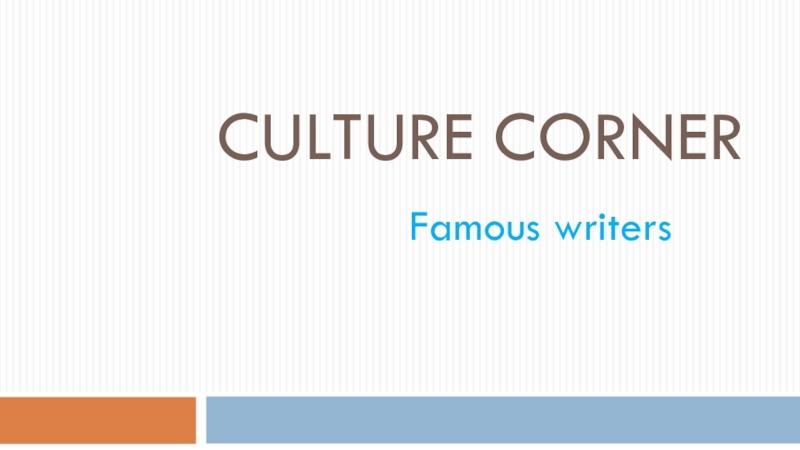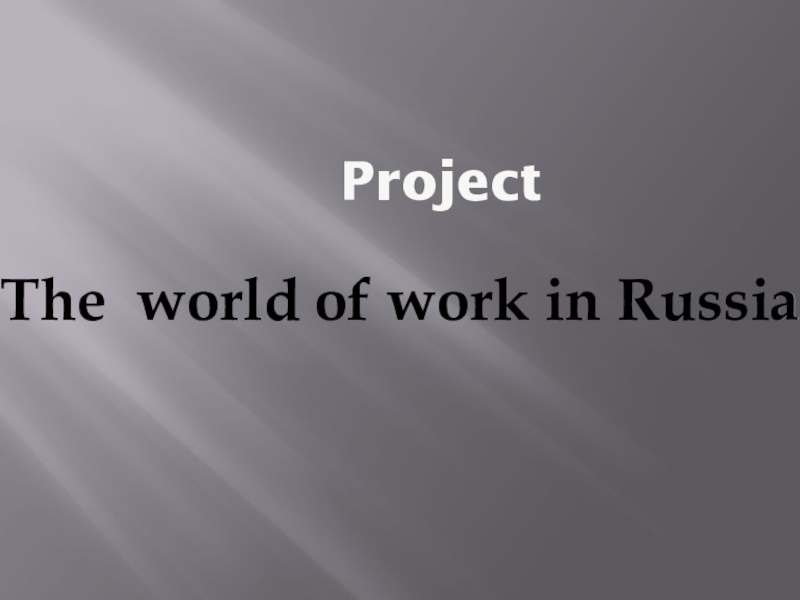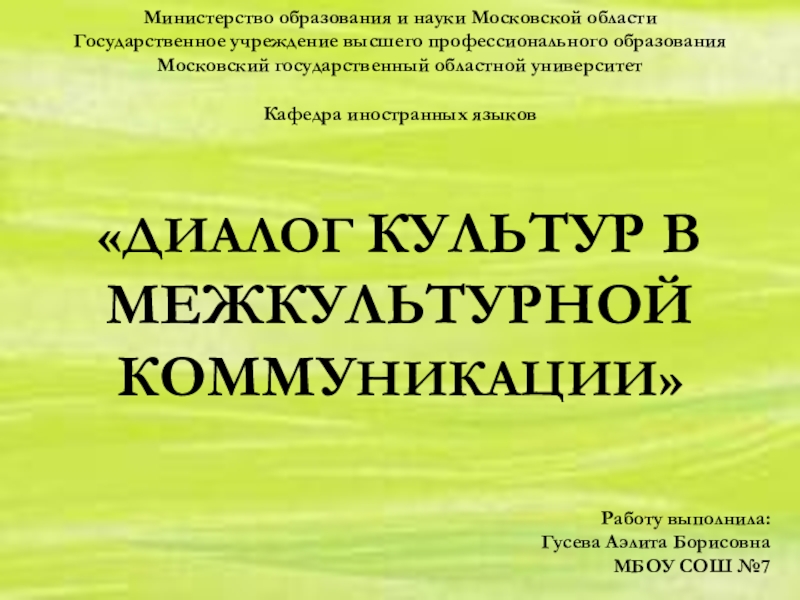социокультурную и страноведческую компетенции
способствовать развитию эстетического вкуса
- Главная
- Разное
- Образование
- Спорт
- Естествознание
- Природоведение
- Религиоведение
- Французский язык
- Черчение
- Английский язык
- Астрономия
- Алгебра
- Биология
- География
- Геометрия
- Детские презентации
- Информатика
- История
- Литература
- Математика
- Музыка
- МХК
- Немецкий язык
- ОБЖ
- Обществознание
- Окружающий мир
- Педагогика
- Русский язык
- Технология
- Физика
- Философия
- Химия
- Шаблоны, фоны, картинки для презентаций
- Экология
- Экономика
Презентация, доклад по английскому языку на тему Молодежная культура
Содержание
- 1. Презентация по английскому языку на тему Молодежная культура
- 2. HIP HOP CULTURE Hip-hop includes four key
- 3. Master of Ceremonies An Emcee or
- 4. They had seemingly endless vocabularies
- 5. . In the early 1970s, Kool DJ
- 6. This culture manifested itself
- 7. There is a message passed down from
- 8. In America around the late 1960s, graffiti
- 9. As hip hop music grew, developed and
- 10. True fans appreciate that hip-hop is not
- 11. At present, hip-hop is enjoyed all around the world.
HIP HOP CULTURE Hip-hop includes four key forms of expression: - mixing (combining sounds using turntables or other sources) - “b-boying” (dancing) - graffiti art - MCing
Слайд 2HIP HOP CULTURE
Hip-hop includes four key forms of expression:
- mixing (combining sounds using turntables or other sources)
- “b-boying” (dancing)
- graffiti art
- MCing
- “b-boying” (dancing)
- graffiti art
- MCing
Слайд 3Master of Ceremonies
An Emcee or Master of Ceremonies(MC) throughout
the history of hip-hop has been defined as the one who can control the crowd with his voice and crush opponents with his lyrics.
The greatest emcees of all time like Rakim, Big Daddy Kane and KRS-One have been successful for their ability to create cadences that were unheard before their time.
The greatest emcees of all time like Rakim, Big Daddy Kane and KRS-One have been successful for their ability to create cadences that were unheard before their time.
Слайд 4 They had seemingly endless vocabularies and set the trend for later
emcees who would try to emulate the way they wrote and the way the spoke. They had the intelligence, confidence, and storytelling capability to leave crowds and listeners in awe of their lyrical content, whether it was at a fast pace or slowed down.
Слайд 5. In the early 1970s, Kool DJ Herc began organizing dance
parties in his home in the Bronx. The parties became so popular they were moved to outdoor venues to accommodate more people. City teenagers, after years of gang violence, were looking for new ways to express themselves. These outdoor parties, hosted in parks, became a means of expression and an outlet for teenagers
Слайд 6 This culture manifested itself throughout New York City around the
mid-1970s. Hip-hop was initiated as a cultural movement by inner-city youth, mostly Latinos, Hispanics, and African Americans in New York City, in the early seventies. The word "rap" was derived in the sixties, from a slang word that meant conversation.
Слайд 7There is a message passed down from the godfathers of hip-hop:
to earn respect, you must be skilled on the mic, possess the ability to rock a crowd with sheer lyricism, and explain why you were better than the man next door.
Слайд 8In America around the late 1960s, graffiti was used as a
form of
expression by political activists, and also by gangs to mark territory.
Now graffiti is recognized as a visual expression of rap music, just as breakdancing is viewed as a physical expression.
Слайд 9As hip hop music grew, developed and evolved, so did its
looks and fashion styles, wild and fun, full of color and action
Слайд 10True fans appreciate that hip-hop is not just about music; it
is a way of life, a language, and a unique perspective that uses music to address racism, oppression, and poverty issues, and transforms the music into a political movement.
The aim is to motivate young adults to get active in the civil rights movement. Hip-hop narrates the stories of inner city African-Americans trying to live the American dream from the bottom up.
It is about the youth culture of New York City taking over the world someday—about dance, art, hurt, love, racial discrimination, broken homes, overcoming adversity, and fulfillment.
The aim is to motivate young adults to get active in the civil rights movement. Hip-hop narrates the stories of inner city African-Americans trying to live the American dream from the bottom up.
It is about the youth culture of New York City taking over the world someday—about dance, art, hurt, love, racial discrimination, broken homes, overcoming adversity, and fulfillment.
















